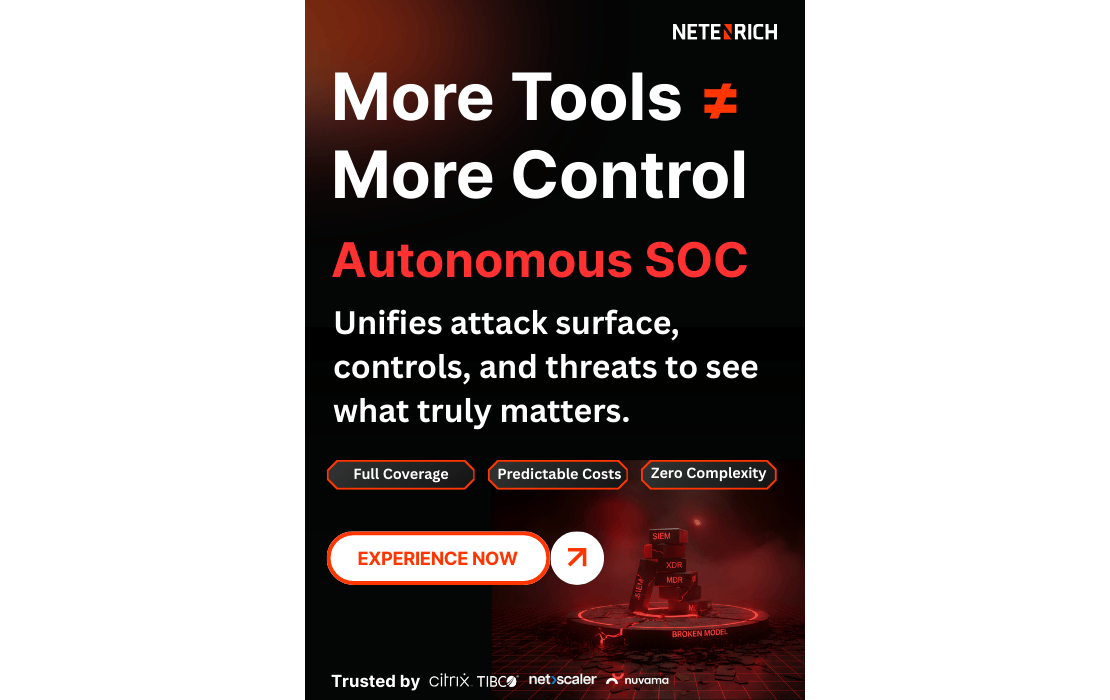What are Signals?
In the realm of cybersecurity, you often hear about the importance of finding signals (true and relevant events) in the noise (aka the entire flood of daily events, including false positives). Signals refer to alerts or notifications that security tools and systems generate in response to detecting potential threats, security breaches, or other suspicious activities. In short, they are clues or indicators, and they can come in various forms, such as system logs, network traffic patterns, abnormal user behavior, or even suspicious emails.
Organizations need to detect signals across the entire infrastructure to find more complicated patterns of attack as well as across time to find trends that may go back months or years. The problem with signals alone is that there are often still too many of them for security teams to manage and certainly, respond to in a timely and efficient manner. However, teams can enhance signals by correlating related alerts from various sources with tickets, users, and assets and prioritizing and scoring them to determine where to focus to maximize effectiveness.
In Netenrich
Finding signals in the noise is an area ripe for data analytics, machine learning, and improved automation, which is exactly what the Resolution Intelligence Cloud™ platform provides and enables. The platform helps reduce false positives by using machine learning and artificial intelligence to correlate related alerts and identify important signals. The goal is to make teams more effective at protecting an organization’s infrastructure and business, not more efficient at closing tickets.
The Resolution Intelligence Cloud platform also uses escalation policies to send actionable insights (called ActOns) to the right people at the right time so they can take prompt and decisive action. An ActOn is a situation (sometimes called a pre-incident situation, which is derived from correlated signals) that may cause or has already caused negative impact on confidentiality, integrity, and/or availability. They present curated, contextual data — for example, related alerts, events, user data, evidence, and more — and come with a quantified risk score that is based on likelihood, impact, and confidence, so analysts know where, as mentioned above, to focus their efforts first to minimize business disruption. By providing key stakeholders with the situational awareness they need to quickly determine an appropriate response, ActOns can help to improve an organization’s overall security and operational efficiency and effectiveness.





